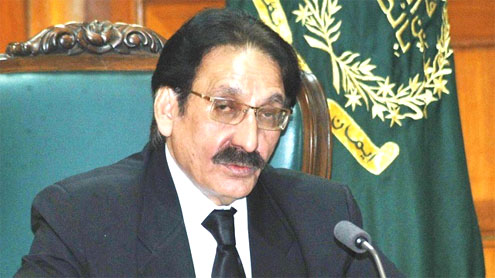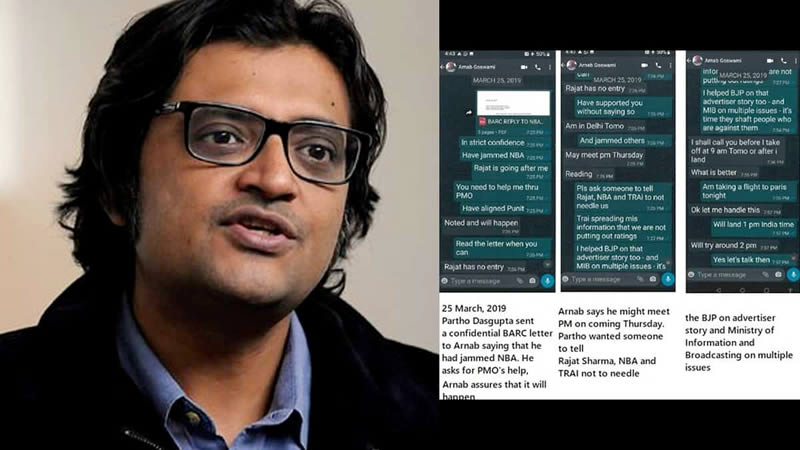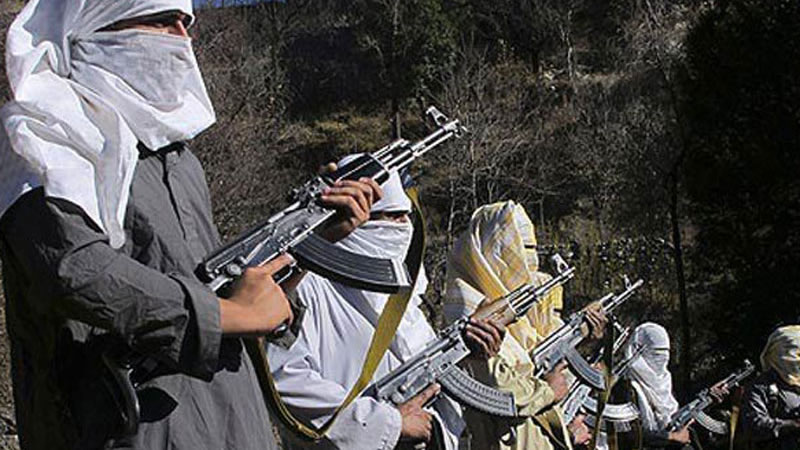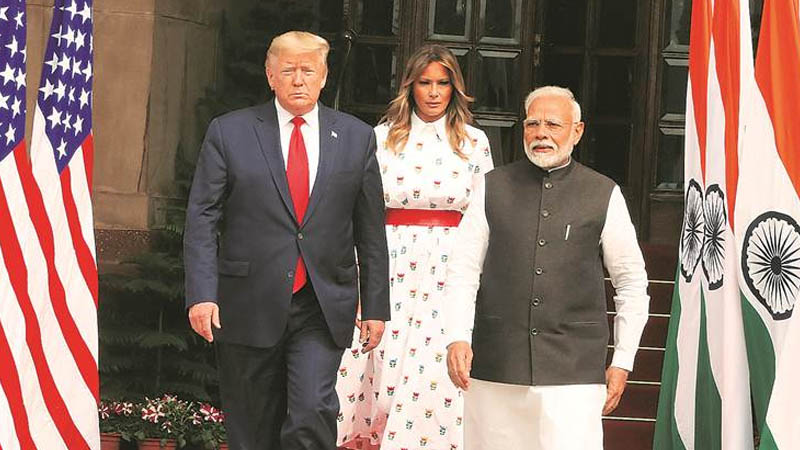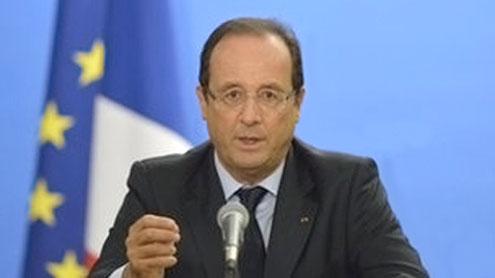 Addressing the concluding ceremony of the National Judicial Conference, Chief Justice of Pakistan Iftikhar Mohammad Chaudhry tried to negate the impression that the judiciary was interventionist in its approach towards the government by stating that regulating the state machinery was part of the mandate given to it by the constitution. There are differing opinions on the extent to which the judiciary can call the executive’s actions into question because, in Pakistan, the powers of the executive, judiciary and legislature have never been properly demarcated. We inherited a colonial judicial system that continued in its original form until recently. The judiciary was never independent in our country. The natural corollary was that every time a military coup occurred, it was legitimised by the judiciary. It is being said that we have turned the corner as the current judiciary refused to bow to the pressure exerted by a military ruler, but the jury is out whether the judiciary will continue to maintain its independence in the event of a future extra-constitutional intervention, which, given our history, cannot be ruled out.
Addressing the concluding ceremony of the National Judicial Conference, Chief Justice of Pakistan Iftikhar Mohammad Chaudhry tried to negate the impression that the judiciary was interventionist in its approach towards the government by stating that regulating the state machinery was part of the mandate given to it by the constitution. There are differing opinions on the extent to which the judiciary can call the executive’s actions into question because, in Pakistan, the powers of the executive, judiciary and legislature have never been properly demarcated. We inherited a colonial judicial system that continued in its original form until recently. The judiciary was never independent in our country. The natural corollary was that every time a military coup occurred, it was legitimised by the judiciary. It is being said that we have turned the corner as the current judiciary refused to bow to the pressure exerted by a military ruler, but the jury is out whether the judiciary will continue to maintain its independence in the event of a future extra-constitutional intervention, which, given our history, cannot be ruled out.
Some have argued that instead of bringing reform, the independent and assertive judiciary has disturbed the fine balance among various institutions of the state. It has taken up for hearing even those matters against which there are clear constitutional injunctions. For instance, Articles 238 and 239 stipulate that a constitutional amendment cannot be challenged in any court nor does the Supreme Court (SC) have powers to hear such petitions. But we have seen that petitions against the 18th Amendment were admitted for hearing and a verdict delivered. Article 248 of the constitution stipulates that no criminal proceedings whatsoever would be instituted or continued against the president in any court during his term of office, but the SC has been insisting on reopening of the Swiss cases against President Asif Ali Zardari. In one instance, the Lahore High Court set the price of sugar, which could not be implemented due to the dynamics of the market, which tend to defy such impositions. A more recent incident of judicial assertiveness was the SC’s rejection of the parliamentary committee’s recommendations on the appointment of judges to the high courts, when the constitution (as amended by the 18th and 19th Constitutional Amendments) clearly states that the recommendations of the parliamentary committee would be final. The inspiration for creating a parliamentary vetting body for superior judicial appointments was the American system of vetting such appointments through Congressional hearings.
However, this is being resisted by the judiciary, which sees it an encroachment on its hitherto exclusive domain. The judiciary thus lays itself open to controversy and questioning. This is not to suggest that the executive does not have its warts and flaws, but it is a question of how such issues need to be approached.That is where the concept of judicial restraint can come into play. All institutions, including the judiciary, need to understand where is the dividing line. This dividing line can be questioned and stretched, but it cannot be transgressed wholesale, because then the entire basis of the separation of powers will be eroded. This concept, being practised in the modern world, evolved over a long period of time where experience of interaction among the legislature, executive and judiciary acted as a guide to make adjustments and demarcate boundaries not be encroached upon by the respective institutions. Hopefully, the newly independent and assertive judiciary will learn over time the value of exercising restraint, because the judiciary’s dignity and respect rests on being above being called into question by anyone. – Dailytimes


